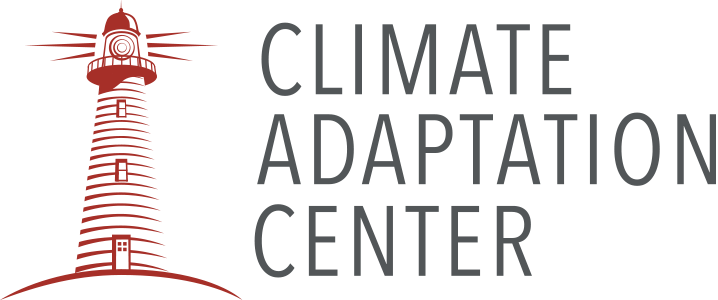No one is looking forward to another hurricane season after last year’s trifecta of storms, but we have to deal with it in the best way possible, so that is what we will do!
Hurricane Season’s official dates are from June 1 through November 30th.
Seasonally, June can be a concerning month for the Suncoast because storms form in the southern Caribbean and then move northward through the Yucatan area into the Gulf.
This year, sea surface temperatures are very warm in this area. This means any storm that takes shape there could intensify into an early-named storm or even a hurricane.
 The blue area is the most likely area for June storms (above image).
The blue area is the most likely area for June storms (above image).
The Climate Adaptation Center (CAC) made its first in-the-nation forecast on April 1 to give our Suncoast communities maximum time to prepare for another active season. The other major forecasts are from Colorado State University (CSU), and the National Oceanic and Atmospheric Administration (NOAA). NOAA issued its forecast a few weeks ago.
A comparison of the 2025 Atlantic hurricane season forecasts from the CAC, CSU, and NOAA:
- CAC: Predicts 17 named storms, 10 hurricanes, and 5 major hurricanes.
- CSU: Forecasts 17 named storms, 9 hurricanes, and 4 major hurricanes.
- NOAA: Anticipates 13 to 19 named storms, 6 to 10 hurricanes, and 3 to 5 major hurricanes.
All three forecasts suggest an above-average hurricane season, emphasizing the importance of preparedness.
Early indications are that a storm could form in a week to 10 days in the favored area shown in the first image. That is why you should be sure you have made your plans.
These are just a few questions you can ask yourself in your preparations:
- Have you made plans for where you will evacuate if notice of evacuation is given for your specific risk zone?
- Do you have your insurance updated and your important papers ready to take with you in the event of a storm?
- If you will not be occupying your home over the summer, have you cleared your patio and made plans for your cars to be taken to a safe place — especially if you are in a flood, surge, or high wind area along the coast?

St. Armands Circle Friday afternoon after Hurricane Helene’s storm surge.
Thomas Bender/ Sarasota Herald-Tribune
Clearly recent years have been tough for Florida and the Gulf Coast. Just look at the number of major hurricanes and where they struck land.

Support the Climate Adaptation Center
The CAC is our region’s only non-profit climate organization committed to our community’s climate warming adaptation while working with our decision-makers in protecting our current and future Florida lifestyle.
We also monitor the tropics and potential hurricanes, making sure you’re aware of any threat before the threat develops.
All of this takes the support of readers like you. Please consider making a donation or becoming a member now. To learn more or to take action, just click on the buttons below.

